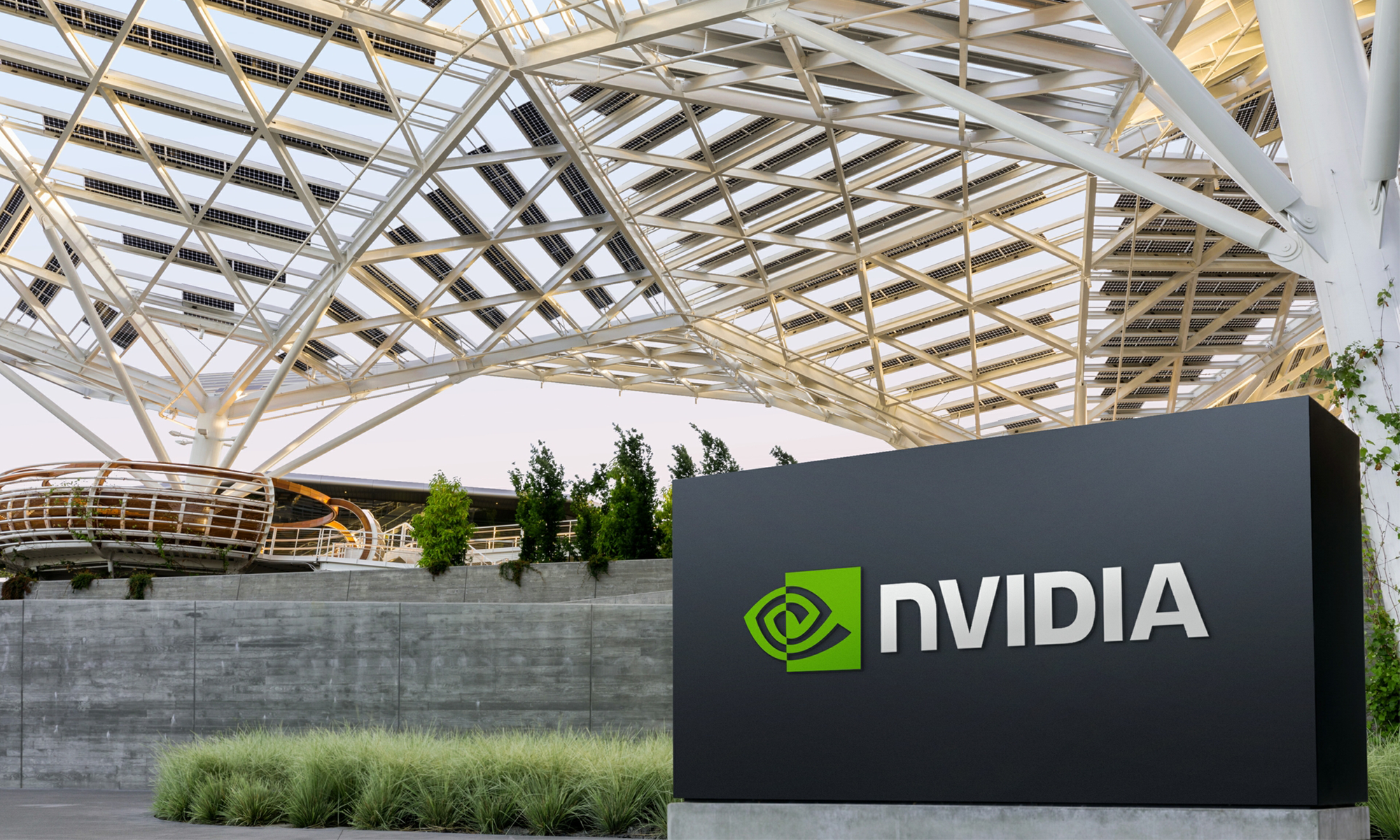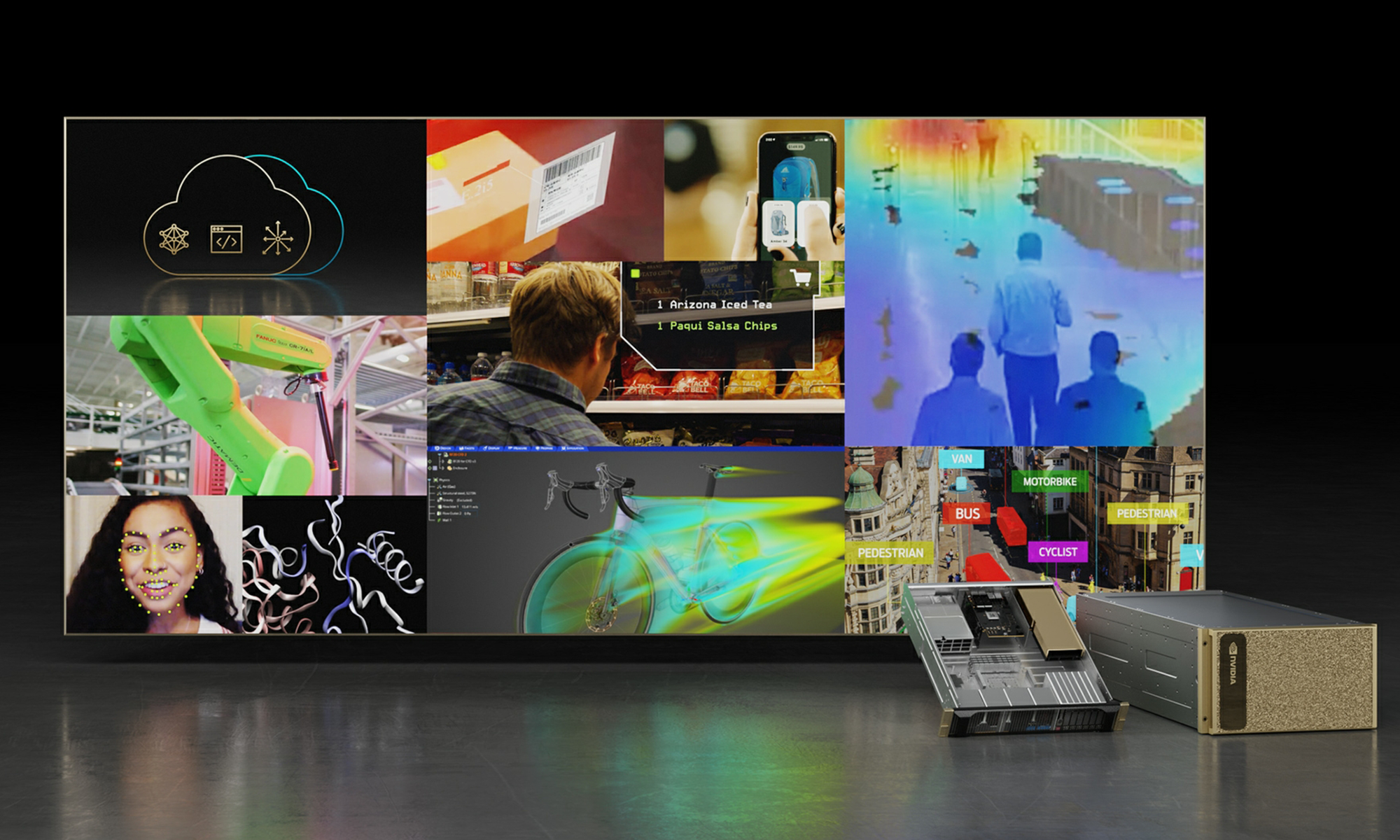Nvidia (NVDA 0.56%) has wowed investors with its share performance, climbing 150% in the first half of the year -- and that's after a 1,300% five-year gain. But this is far from a random movement. Nvidia has come this far thanks to its innovation, which has led to top-performing products and triple-digit quarterly earnings growth in recent times. Over the period of just a few years, the tech company has shifted from a player that mainly served the video games industry to a player that dominates the artificial intelligence (AI) chip market.
And this momentum continues, with Nvidia readying to launch its new Blackwell architecture and chip later this year. This could be a game-changer for those developing AI platforms -- and that should translate into more growth for Nvidia. But, as investors, we always tend to look beyond the latest thing and into the future. What's next for Nvidia? Let's find out directly from the company's chief executive officer Jensen Huang.

Image source: Getty Images.
From video games to AI
First, though, a quick note on Nvidia's story so far. As mentioned, the company's graphics processing units (GPUs) originally were known for powering video games -- but since GPUs handle multiple tasks simultaneously, it became clear they could be very useful elsewhere too, such as in the high-growth area of AI. The GPU has the speed and precision needed to handle demanding -- and critical -- jobs such as the training and inferencing of large language models.
This has helped Nvidia to become the world's biggest AI chip designer, holding about 80% market share. Nvidia's current leading chip is the H100, but it's in the process of shipping an even more powerful one, the H200, and later this year, the company will kick into higher gear with the release of Blackwell.
The new architecture involves six transformative technologies, including Nvidia's best chip yet. Blackwell will handle double the compute and model sizes of its predecessor, its next generation NVLink offers high-speed communication between as many as 576 GPUs, and AI-based preventative maintenance optimizes system uptime -- and this is just to mention a few of Blackwell's features. Demand for the system already is surpassing supply, and Nvidia expects this to continue into next year.
This already sounds like a compelling story, but the good news is it doesn't end here. What's next for Nvidia? Huang says the company will have "other Blackwells coming" and is on a "one-year rhythm" of innovation. In fact, Huang says customers can expect Nvidia will have "a whole bunch of chips coming at them" in the years ahead.

NASDAQ: NVDA
Key Data Points
Difficult to beat Nvidia
All of this means Nvidia has a great chance of securing its market position for the long term because, thanks to this rapid pace of innovation, it will be very difficult for rivals to beat Nvidia's GPUs -- and Nvidia not only offers GPUs but an entire ecosystem of products and services to power companies' AI platforms.
In fact, Nvidia has put the focus on not just chips but on a full computing platform, so if customers invest in the company's software stack today, they'll benefit from the innovations that will keep coming along year after year.
Though Nvidia's GPUs represent a bigger initial investment than those of rivals, the high performance of the chip and related products is meant to increase efficiency -- and lower costs over time. So, some companies may see choosing Nvidia today as a path toward gaining access to top performing products -- from GPUs and central processing units to networking NICs and switches -- on an annual basis and achieving savings over the long run.
This doesn't mean rivals won't carve out market share. After all, players such as Intel and Advanced Micro Devices are releasing better and better AI chips. But demand for AI products and services is so high that there's room for many chip designers to succeed -- and forecasts of a $1 trillion AI market by 2030 should keep this momentum going.
What does this mean for you as an investor? Blackwell may offer Nvidia's earnings a boost once it's released and in the quarters to follow, but that won't be the end of the company's growth story. Other innovations in the years to come should offer new catalysts -- for revenue and share price performance. And that means today, Nvidia, trading for 46 times forward earnings estimates, still looks like a great long-term buy.





